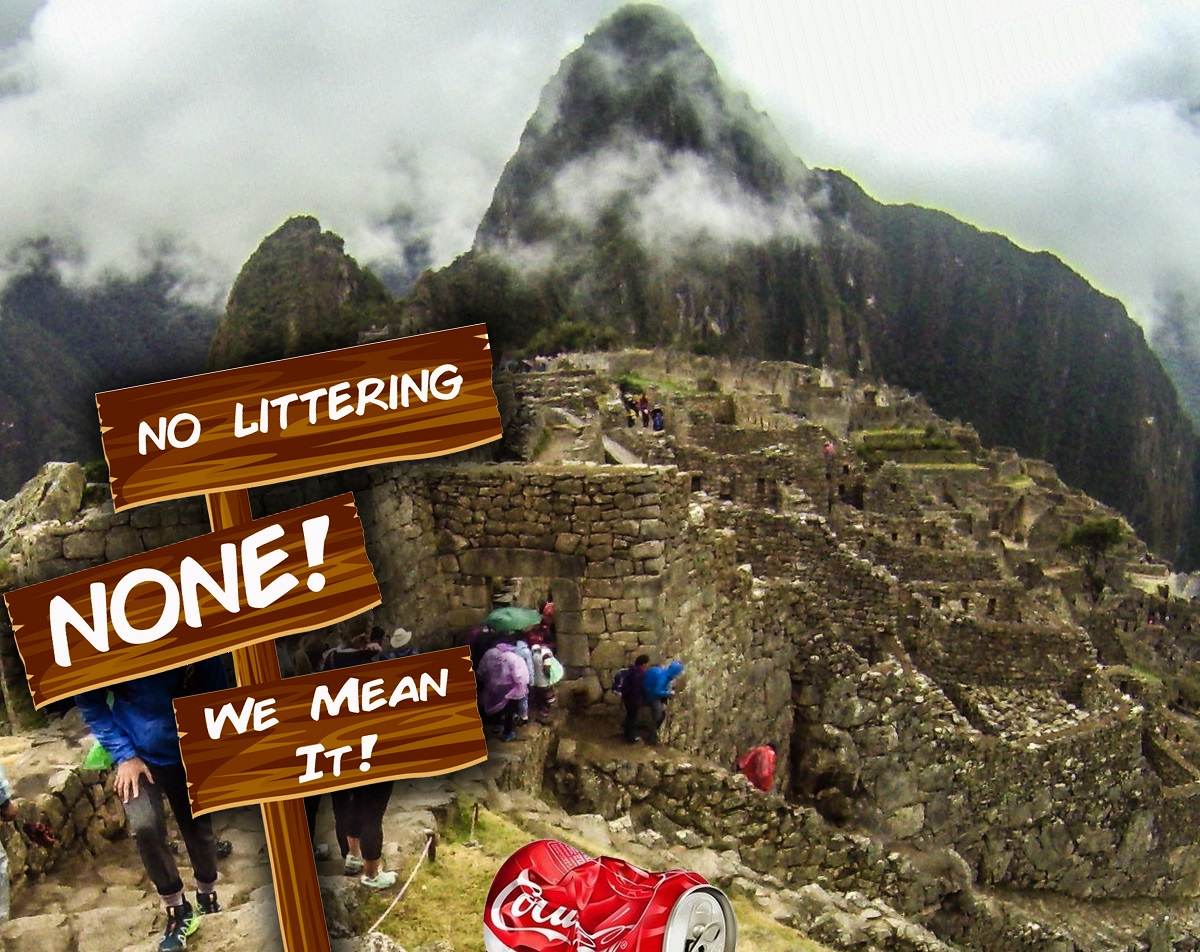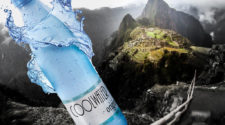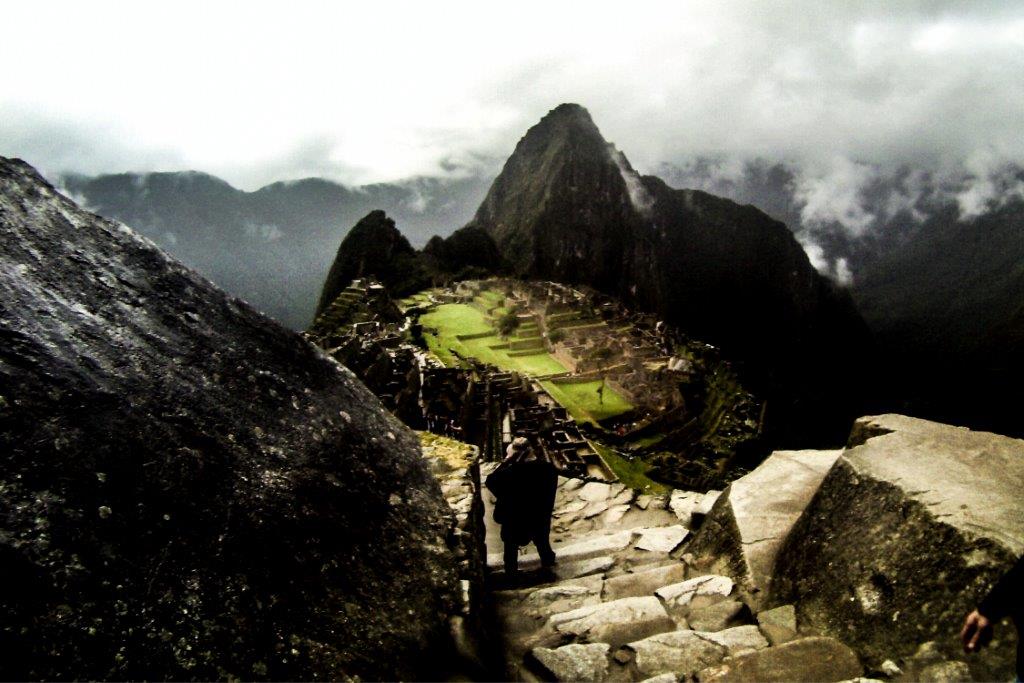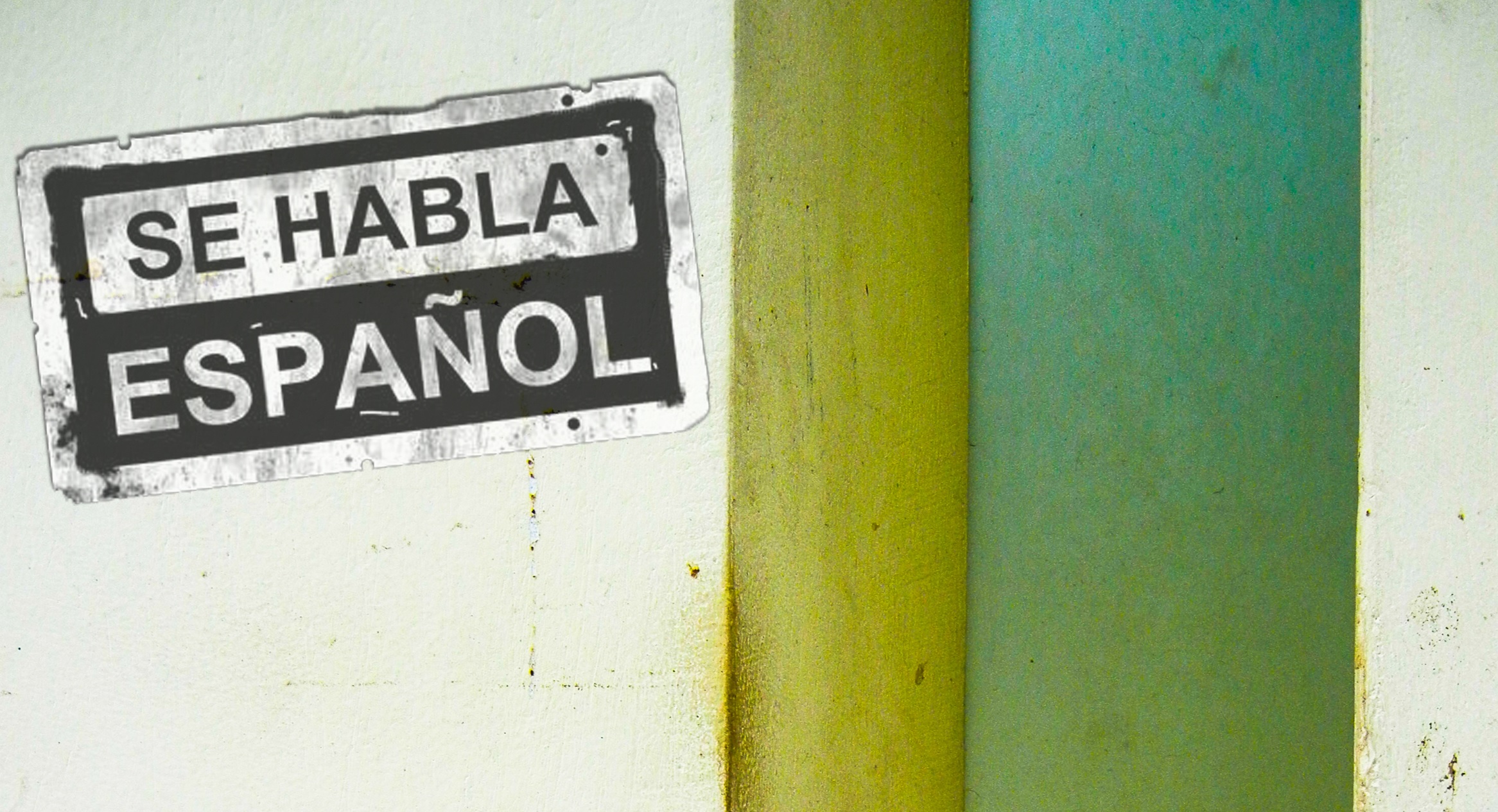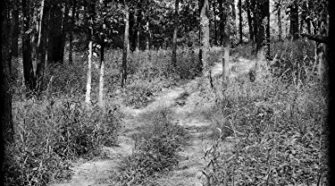It is important to preserve historically significant areas. But places like Machu Picchu and other famous ruins within Peru’s Sacred Valley exist in the perpetual risk of being destroyed by the very tourists that wish to pay them a visit. Though beautiful, these sites can be somewhat delicate. Nevertheless, millions of people travel to visit these places and if not properly managed, the tourists’ passage can cause permanent damage.
Over the years, Peru has taken action to reduce the damage that is created by the sheer multitude of tourists. However, it is inherent that tourists themselves are mindful of the importance of the area, and do everything they can to respect, and preserve the region.
Marked Routes at Machu Picchu
In the past, tourists used to be permitted free range at Machu Picchu. It was up to each individual sightseer to pick their preferred route to meander through the ruins. There were park officials on site, but they would do little more than whistle at you if you climbed on the walls, or went someplace you weren’t supposed to be.
Today, you’ll find Machu Picchu much more regulated. There are several specific tour routes that serpentine through the ruins. If you want to take a closer look at a particular construction area, your route to arriving at your area of interest can be circuitous. This can be quite inconvenient. For example, if you are scheduled to make the difficult Huayna Picchu climb, you are now required to take a detour in the opposite direction that forces you to make a difficult and unnecessary climb.
However, the minor inconvenience of following an established route is outweighed by the benefits. By establishing a series of specific routes through the ruins, park management is able to fortify the paths and affect a minimal number of trails. Although the overall freedom of tourists to explore the park has been reduced, the established paths do help to minimize erosion caused by visitors.
Trash Management and Bathrooms
Trash removal is another concern at places like Machu Picchu. Although the majority of tourists are respectful, where there are people there will be trash. The removal, storage, and transport of trash can cause an additional strain on the cultural site.
One of the unfortunate things about Machu Picchu is that restrooms are only available at the entrance and are of limited capacity. Historically, this has led to a problem of individuals seeking out discrete places to relieve themselves within the park, which is strongly discouraged. Machu Picchu could benefit from an unobtrusive hi vac system to provide some additional septic solutions within the park itself, but such a system has yet to be implemented.
Help to Preserve Cultural Sites
It’s counterintuitive to think that historical sites of cultural significance that have existed for thousands of years could be in danger of destruction by the very tourists who wish to visit them. But when visitors are careless, and the sites are improperly managed, a significant amount of damage can be done in a very short time.
The vast majority of visitors are respectful, and acts of overt vandalism are extremely rare. Officials tasked with managing these sites do a great job at minimizing the potential damage of the visiting crowds in order to assure the preservation of the sites. In addition to the efforts of officials, it’s vital that tourists always be mindful to minimize the potential damaging effects of their passage. With a little extra awareness, it should be possible to preserve sites like Machu Picchu for future travelers.

